Chinese Premier Li Keqiang said the central government will draw up the plans for the Guangdong-Hong Kong-Macao Bay Area this year, aiming to increase connectivity between the Mainland and Hong Kong, and to boost the regional economy.
Li made the comments when meeting Carrie Lam, the visiting Chief Executive elect of Hong Kong Special Administrative Region (SAR) on Tuesday.
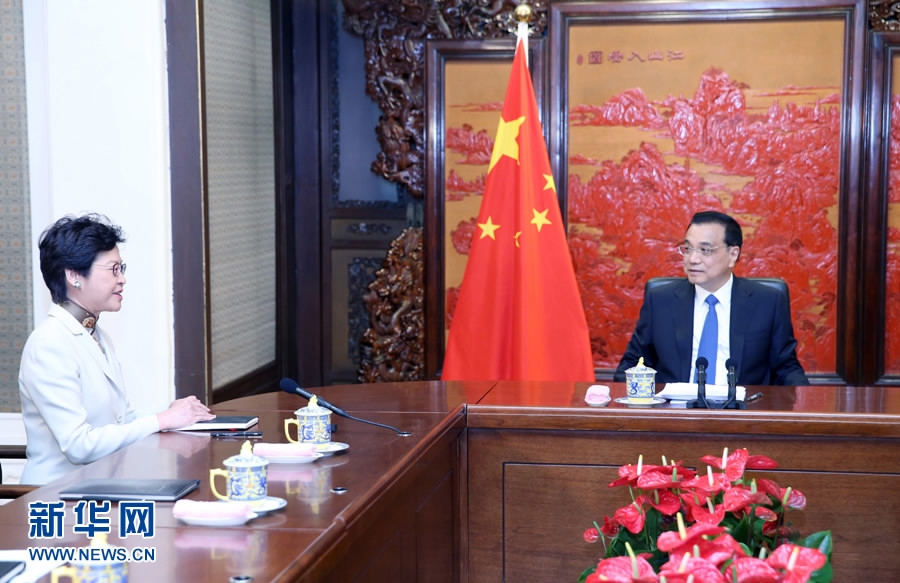
Xinhua Photo
"As part of the effort to secure the city’s status as an international financial center and to boost its economy, the central government will also launch a bond market connect between the mainland and Hong Kong this year," Li said.
Why does the Great Bay Area matter?
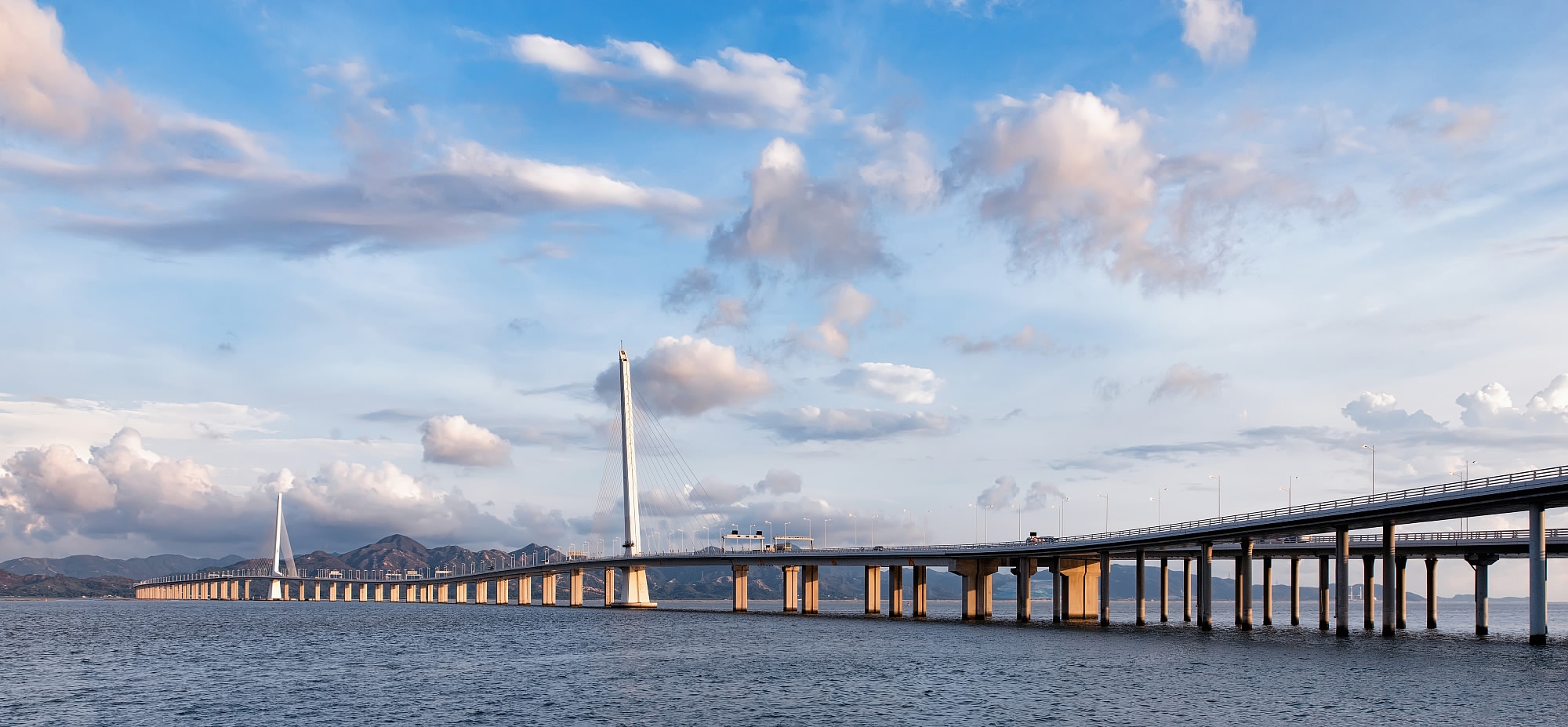
Shenzhen Bay Bridge./VCG Photo
The ambitious concept of creating a Guangdong-Hong Kong-Macao Bay Area (also known as Greater Bay Area) dates back to 2015 in a policy paper on the Belt and Road Initiative by Beijing. It includes Hong Kong, Macao, and nine other cities in Guangdong Province.
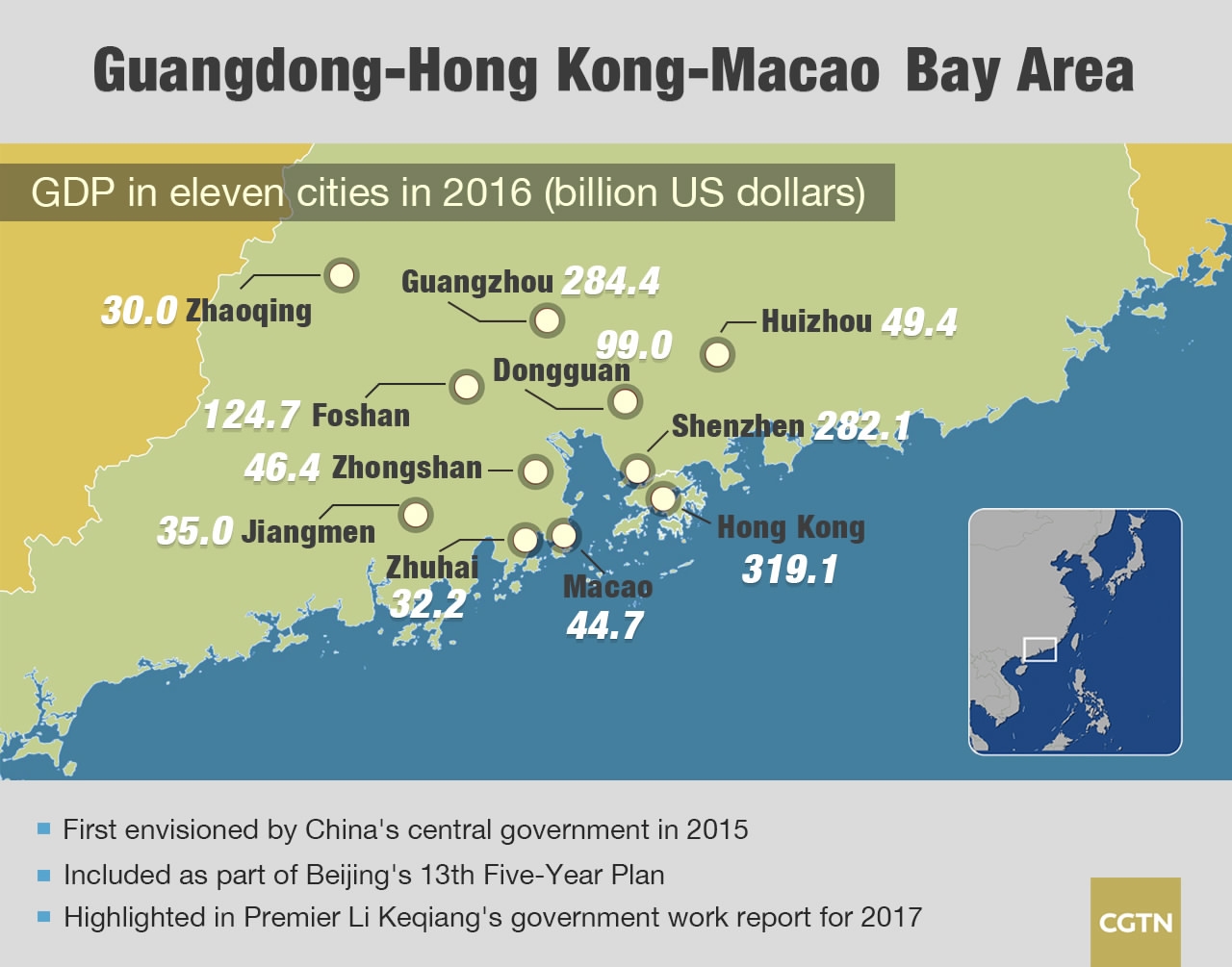
CGTN Photo
Last year, the central government put the concept in 13th Five-Year Plan, the blueprint guiding the country’s economic growth during 2016-2020.
In March, for the first time, Li mentioned the concept in the annual government work report during the Two Sessions.
"The Greater Bay Area is an advanced version of the existing regional development initiatives, such as the Pearl River Delta and the Pan-Pearl River Delta, and it transcends regional divisions to highlight economic growth efficiency in the hub as a whole," said Andrew Fung, Executive Director of Hang Seng Bank.
It will be the most highly populated bay area worldwide, home to over 67.6 million people, with a total GDP of over 1.3 trillion US dollars in 2016.
The Greater Bay Area is naturally occurring, however, and goes beyond administrative divisions, and it provides a vivid image, making it easier for policymakers to map growth strategies through comparing it with the world’s leading bay areas, such as Los Angeles, New York, and Tokyo, said Ma Xufei, head of the Center for Entrepreneurship of the Chinese University of Hong Kong.
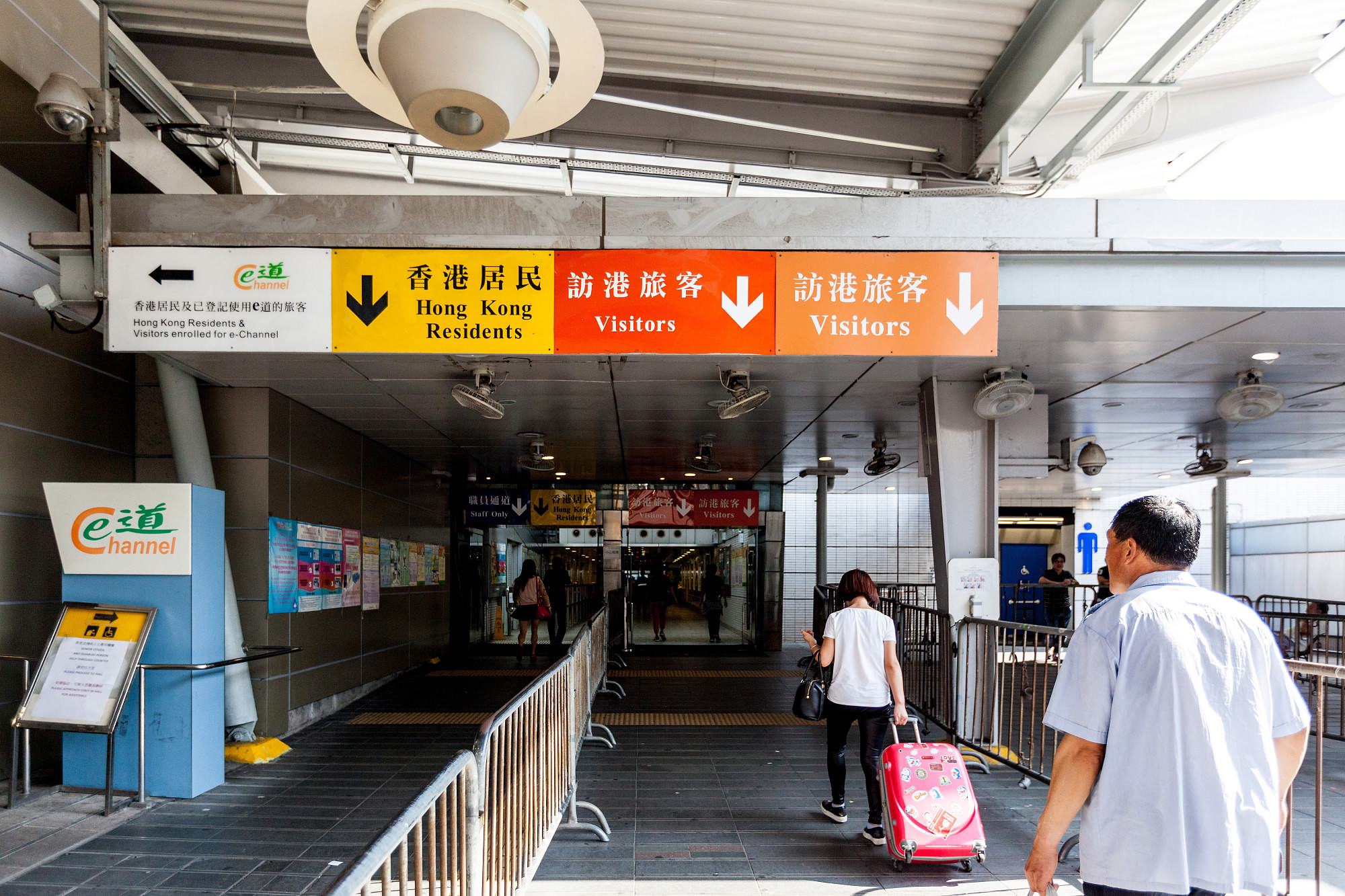
VCG Photo
Tech tycoons such as Ma Huateng have already expressed optimism on the concept, saying with more support from Beijing, it would be one of the world’s leading technology hubs.
Ma, who heads one of Asian largest internet empires Tencent Holdings, said Hong Kong is well positioned as an international finance city to ride the mainland’s technology wave and attract top talent from overseas.
“Hong Kong’s advanced financial services, combined with Shenzhen’s strength in innovation and the Pearl River Delta’s manufacturing power, the region has great potential to become a prosperous metropolitan [area] powered by cutting-edge technologies,” Ma told reporters in March.
He also compared the Guangdong-Hong Kong-Macao Bay Area with the San Francisco Bay Area, which attracts 40 percent of the venture capital funds in the US, and is home to high-profile tech firms such as Google and Apple.
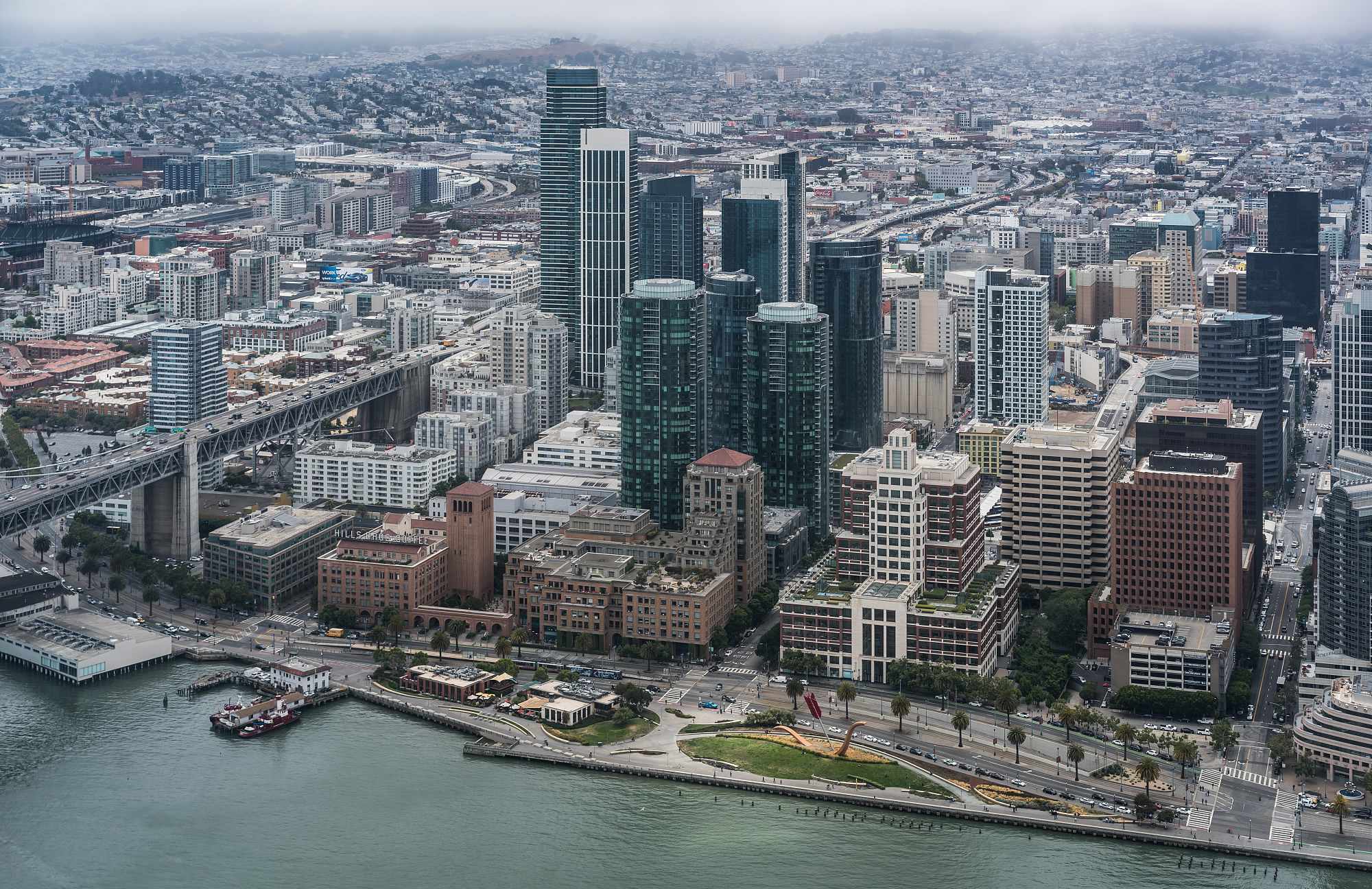
San Francisco. /VCG Photo
Hong Kong claimed the title of the world’s most competitive economy in a ranking by the IMD World Competitiveness Center last year. Shenzhen outranked Hong Kong in a separate report by Chinese Academy of Social Sciences (CASS).









